Contemporary art casts a spell in a London chapel
The Fitzrovia Chapel is an atmospheric choice of venue for an exhibition with an occult edge
The afterlives of the wives of Henry VIII
Being married to the monarch was a hazardous business, but all six queens have lived on in popular memory and the artistic imagination
The rise of the Renaissance woman
The flurry of exhibitions focusing on women artists is very welcome – as long as they avoid reinforcing tired old narratives
Restoring the largest tapestries in England has been a massive success
It has taken the National Trust 24 years to restore the Gideon Tapestries at Hardwick Hall to their former glory
The Tudor art lurking behind our wallpaper
A carved-wood falcon linked to Anne Boleyn and wall paintings in Hertfordshire and Yorkshire are exciting discoveries for our understanding of Tudor England
The Aztec origins of John Dee’s famous mirror are quite the mystery
The discovery that the astrologer’s ‘scrying glass’ is made of obsidian from Mexico points to the complex global webs surrounding many Tudor objects
Talking heads: the prattling paintings of Renaissance England
Why do paintings and objects from the Tudor and Stuart periods have so much to say for themselves?
Art really does work on the radio – especially if it’s cast as true crime
A new series on BBC Radio 3 delves into the notorious life of Benvenuto Cellini – and it’s a binge-worthy Renaissance thriller, Christina Faraday writes
Has a piece of Henry VIII’s lost crown been buried in the Midlands for 400 years?
Late medieval gold is vanishingly rare, so a metal detectorist’s discovery may be a truly spectacular find
Period pieces – the fashion for putting dates on domestic objects
From commemorative wares to ordinary utensils, inscribing dates on household objects was once common practice
The Royal College of Physicians’ plan to sell its rare books would be a serious medical error
A proposal to sell off ‘non-medical’ books in the institution’s library takes too narrow a view of the history of medicine
Renaissance remixed – a surreal video game takes a sideways look at art history
Could a Pythonesque computer game set a good example for galleries trying to attract virtual visitors?
‘Hilary Mantel brings her characters to life with as much clarity as a Holbein portrait’
The novelist’s Thomas Cromwell trilogy suggestively fills in what art historians can only guess at
Painted as a villain – how the Tudors regarded Richard III
The latest addition to the long gallery at Hever Castle presents the Plantagenet king in the worst possible light
Little Britain – the Elizabethan passion for portrait miniatures
Flaunted in public and pored over in private, the portraits of Nicholas Hilliard and Isaac Oliver encapsulate their age



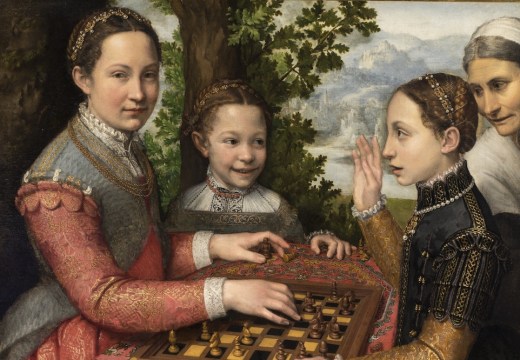
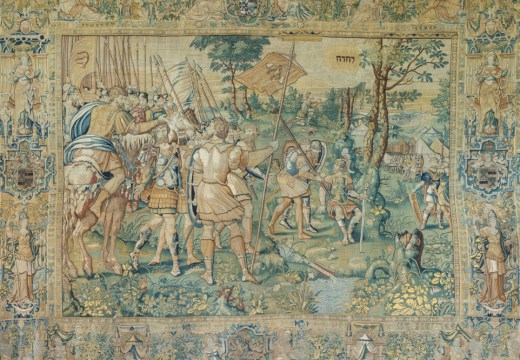
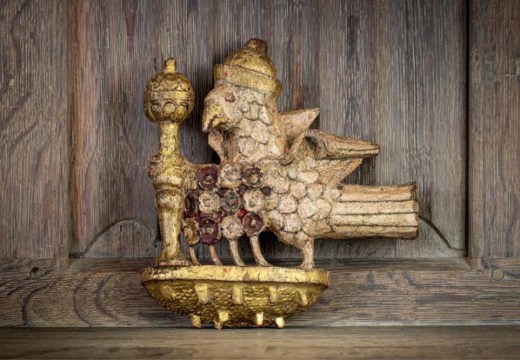
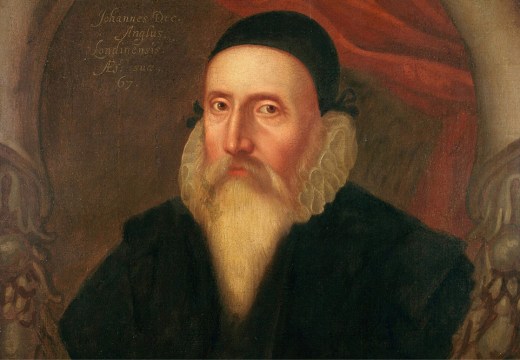
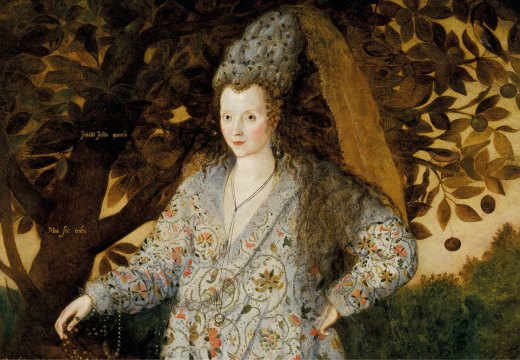
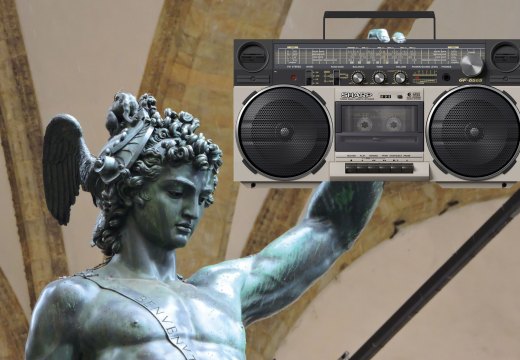
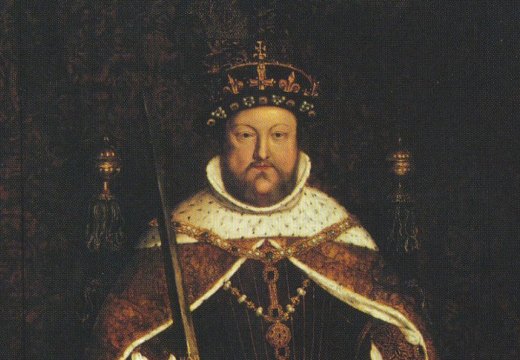
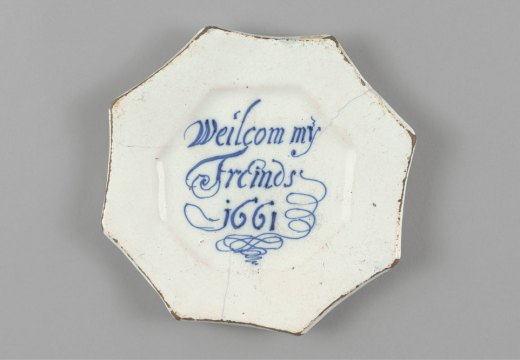
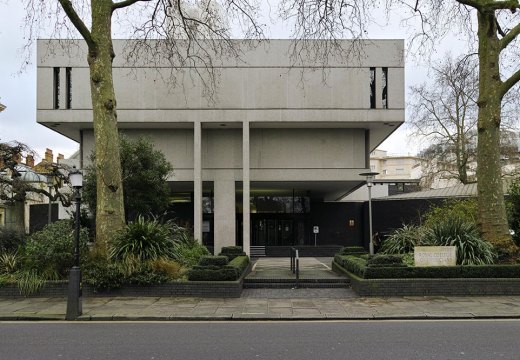
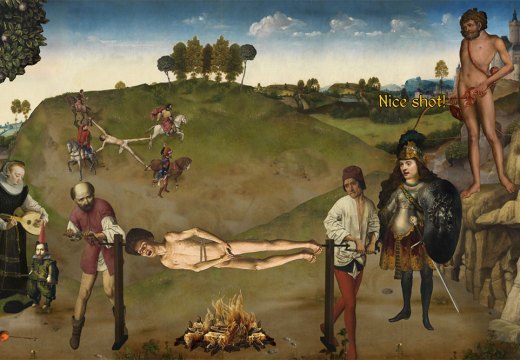
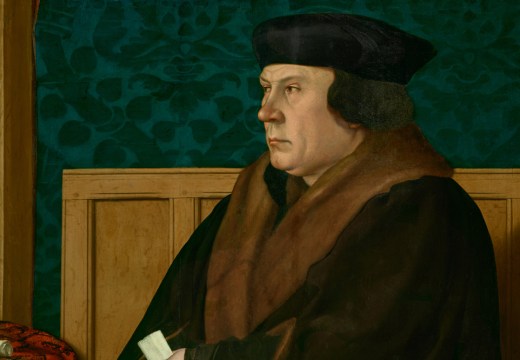

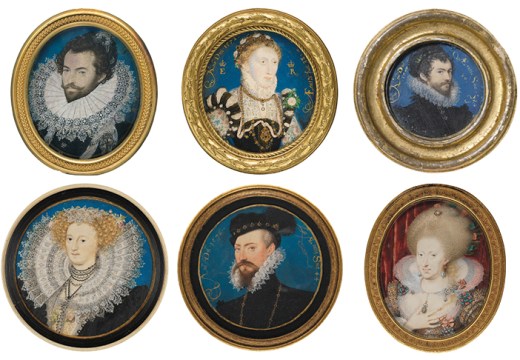









![Masterpiece [Re]discovery 2022. Photo: Ben Fisher Photography, courtesy of Masterpiece London](http://www.apollo-magazine.com/wp-content/uploads/2022/07/MPL2022_4263.jpg)
How Raphael gave the Virgin Mary more to do
In the works of Raphael the Virgin Mary often plays a more active and more joyful role than she is allowed by other artists